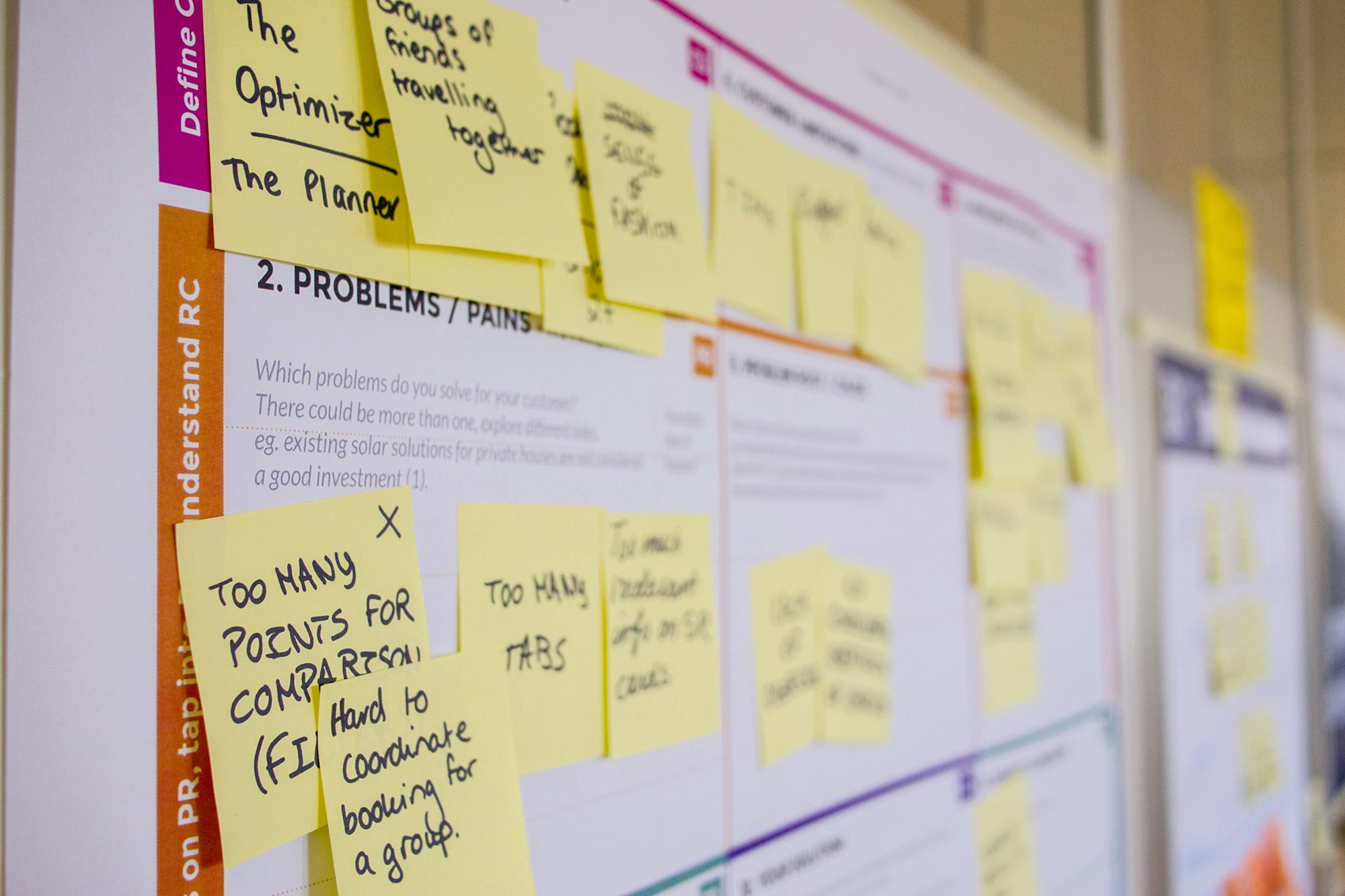Have you ever thought about yourself doing more by doing less?
When I was just starting, I would spend most of my free time learning and working on side projects to fast-track my career and financial goals. Then, I eventually learned to prioritize, delegate and be more intentional with my working hours because now, I have limited time to look after other engineers and other moving parts of the business.
So, I began to proactively think about identifying and working on high-impact, low-effort tasks where I could help others and my projects succeed.
Below are some essential concepts I use to stay productive at work.
1. Know your manager’s & maker’s schedule
Photo by Samuel Bourke / Unsplash
The maker’s schedule is a term coined by Paul Graham in a blog post published in 2009. In the blog post, Paul talked about the two types of schedules—the manager’s and the maker’s schedules. Managers thrive in a working environment where they have to set hourly (or 15/30 mins) blocks of meetings to ensure things get done in the business. On the other hand, makers block several hours of creative, focused, and deep work to be successful at what they do.
Different roles require different schedules. You need to identify where you thrive or where your time is most needed. In my case, I work remotely for a US-based company which allows me to schedule my deep work blocks during the day. Then, attend meetings and wrap up the remaining work at night.
The schedules rely on healthy communication and respecting everyone’s boundaries:
- If you’re the manager, try to empathize with the maker’s work and schedule meetings before or after the maker’s work blocks.
- If you’re the maker, talk to your managers when you are best available for meetings and deep work.
2. Leverage the 80/20 rule
Photo by Austin Distel / Unsplash
The 80/20 rule, or the Pareto Principle, states that 80% of the effects come from 20% of the causes. You can use the 80/20 rule to identify a part of your work that brings the most impact to the business while doing less.
In one of my projects, I discovered that we’re paying around ~ $6K monthly in our cloud billing. Approximately 70% of the billing was caused by oversizing our instances and databases. Everything else just needed to be turned off or reduce uptime. It only took a few discussions and configuration changes, and we’re projected to cut at least 50% of our annual billing.
There are several areas you can get started with:
- Performance issues. Identify parts of the app that causes the most performance bottleneck. For example, you may want to write a caching middleware to cache most of your HTTP requests.
- UX issues. Find critical issues on your core flows. Don’t wait for your users to uninstall your app just because they can’t add items to their cart.
- Testing. If your team can’t write integration tests ($$$), start small by manually testing the most visited flows of the app.
3. Learn to say “no”
A “yes” to something is a “no” to something else. If you’re wondering why features seem to keep piling up and you’re not delivering. One of the reasons is probably because you keep taking in more when at times, it’s completely unnecessary.
So, try to ask many clarifying questions if what you are about to take on is meaningful for your users or the business. You have to think holistically and guard your teams from taking in more so they don’t work tirelessly and don’t experience burnout.
I find the Eisenhower Matrix useful for this:
- Is it urgent and important, and no one can do it besides you? Do it.
- Is it important but not urgent? Schedule it for later.
- Is it urgent but not important? Try to delegate it.
- For everything else, you can push back or respectfully say no.
4. Set clear goals
Photo by Daria Nepriakhina 🇺🇦 / Unsplash
Everyone in the team must be aligned with the project objectives at a high level. But, when working towards the goals, it’s essential to be clear and specific. Project milestones should be broken down into epics, then epics into small actionable items. And in most cases, these action items should be delivered in a timely manner.
It’s important to note that during the development:
- Try to over-communicate if you are not clear with the requirements.
- If you are blocked or having technical difficulties, ask your team for help.
- If you think you are falling behind the schedule, try to adjust your commitments.
5. Write a brag document
Photo by Unseen Studio / Unsplash
Now that you’ve done a great job staying productive at work, it’s time to keep track of your achievements. It’s time to write a brag document! Others may call it an “achievements doc” or “hype document.” Whatever the name is, the goal is to keep a list of the impactful things you do regularly. This will help you during performance reviews, doing your year-end reflections, or when you want to revisit your goals.
You may not remember what you did six months or even a year ago. Worse, your manager won’t remember them either. You can start small, and it could be as simple as {impact} by {metrics} by {what you did}.
Some examples:
- Reduce our monthly cloud billing by up to 50% by using the correct size of our instances
- Speed up engineering onboarding by up to 2x by writing good engineering onboarding docs
- Mentored Elon on how to use Flutter, and he was able to build a new feature in less than two weeks
That’s it from me! I hope these concepts will help you thrive and stay productive at work.
Final Thoughts
Staying productive at work is essential now that we live in times where people get distracted by social media and attention span is shrinking. Doing more things with less gives you more time to think, rest, and spend on things that matter to you outside work.
See you on the next one!




